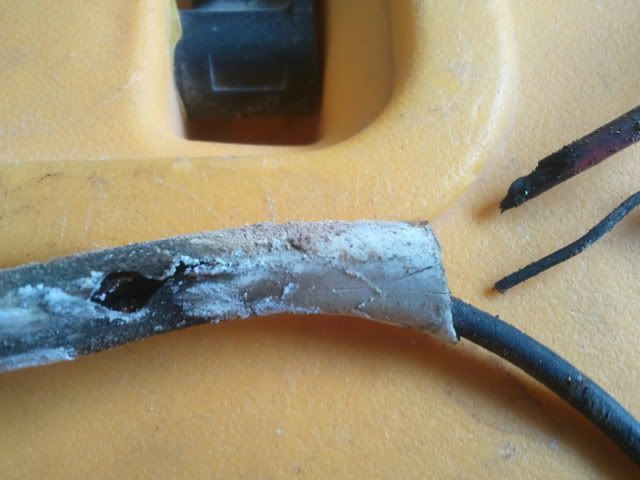I agree Martin, more time on Inspection rather than test.
Mind R1+R2 is more time consuming and "difficult" on in use installs than Zs and it is Zs that will disconnect the breaker/RCD.
So doing Zs only is acceptable IMHO.
If you have RCD's then Insulation resistance "could" be skipped as if the RCD is holding then the insulation is "probably" OK.
Again for an "in use" install it may be difficult to isolate the board to take insulation resistances of the final circuits.
Remember you cannot work live in a board unless essential and a sharp expert witness would hang you out to dry if you were working live in a board to do an insulation resistance test on a final circuit (or a sub main) on a PIR unless the board were fully isolated.
OK on my "general recommendations" then I agree Code 2 on a PIR. I did not check your link as I had some recall of the case from elsewhere.
My reason, by the time the install caught fire these faults should have been picked up and with the number of them relevant to the circuit then defo a code 2.
The cumulation of faults and poorly implemented additions and modifications shows a real lack of competence by the people undertaking these works.
This seems to be endemic of the industry due to IMHO lack of training, and experience (i.e. competence) and cost pressures on those competent to take short cuts to compete for work to enable them to keep a roof over their heads and feed their kids because these days even on commercial work you have to compete with the incompetents who don't care, don't have the overheads and will do the work for the price of a pint in the local!
On another install with the correctly coordinated circuit protection, and the sheath taken inside the DB with no damage evident when doing the PIR I would go for a code 4.
Once a we (the incompetents that is) kill a few more people then perhaps things will change.
It is within all of our powers to change things, but the method is not a pleasant one.
Guess what we have to do...
On second thoughts DON'T!
You get my drift I'm sure.
Not a very palatable option is it?
So don't do it.
However unless people die or the cost to business is extortionate nothing will change.
Rant over, sorry all, :coat


